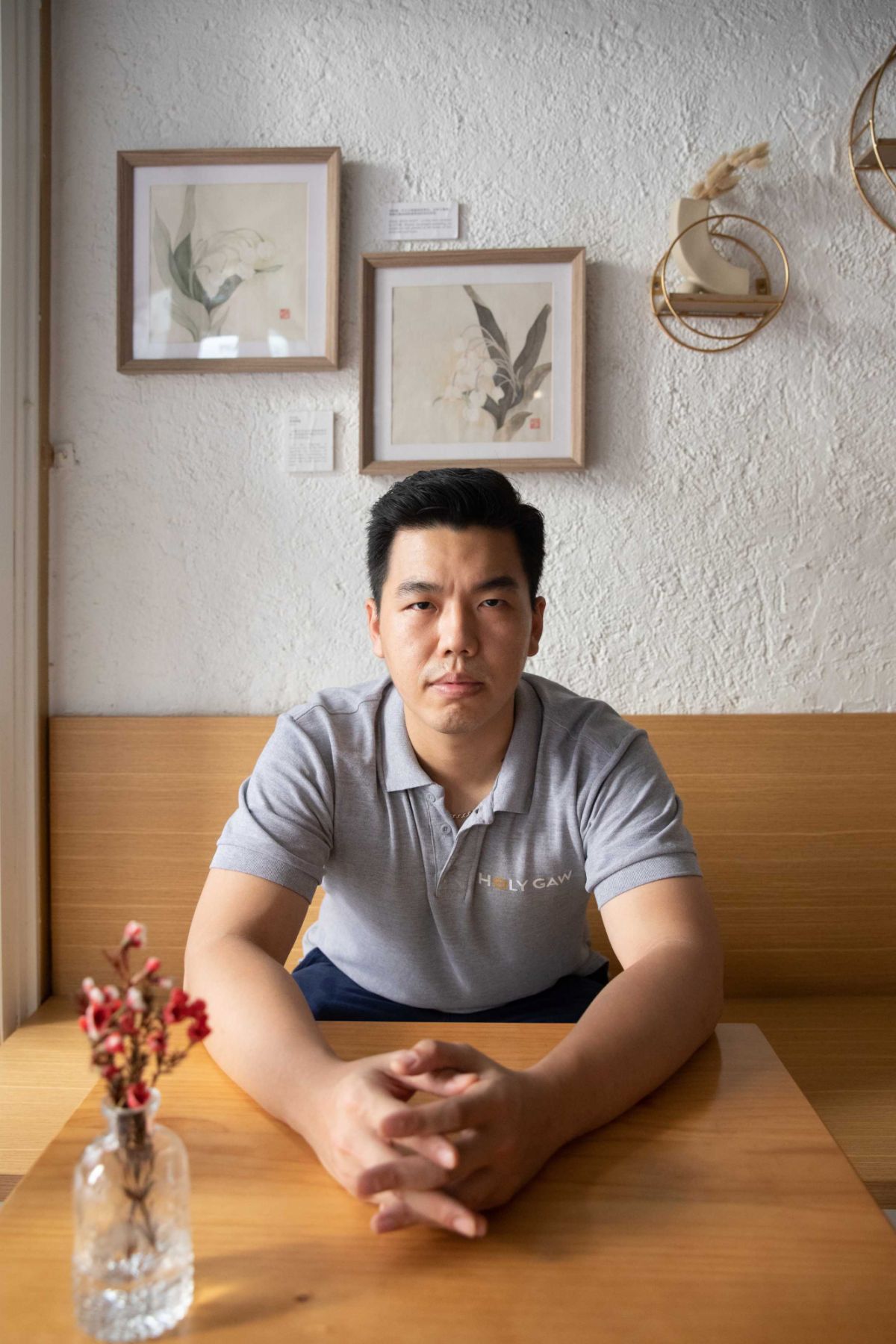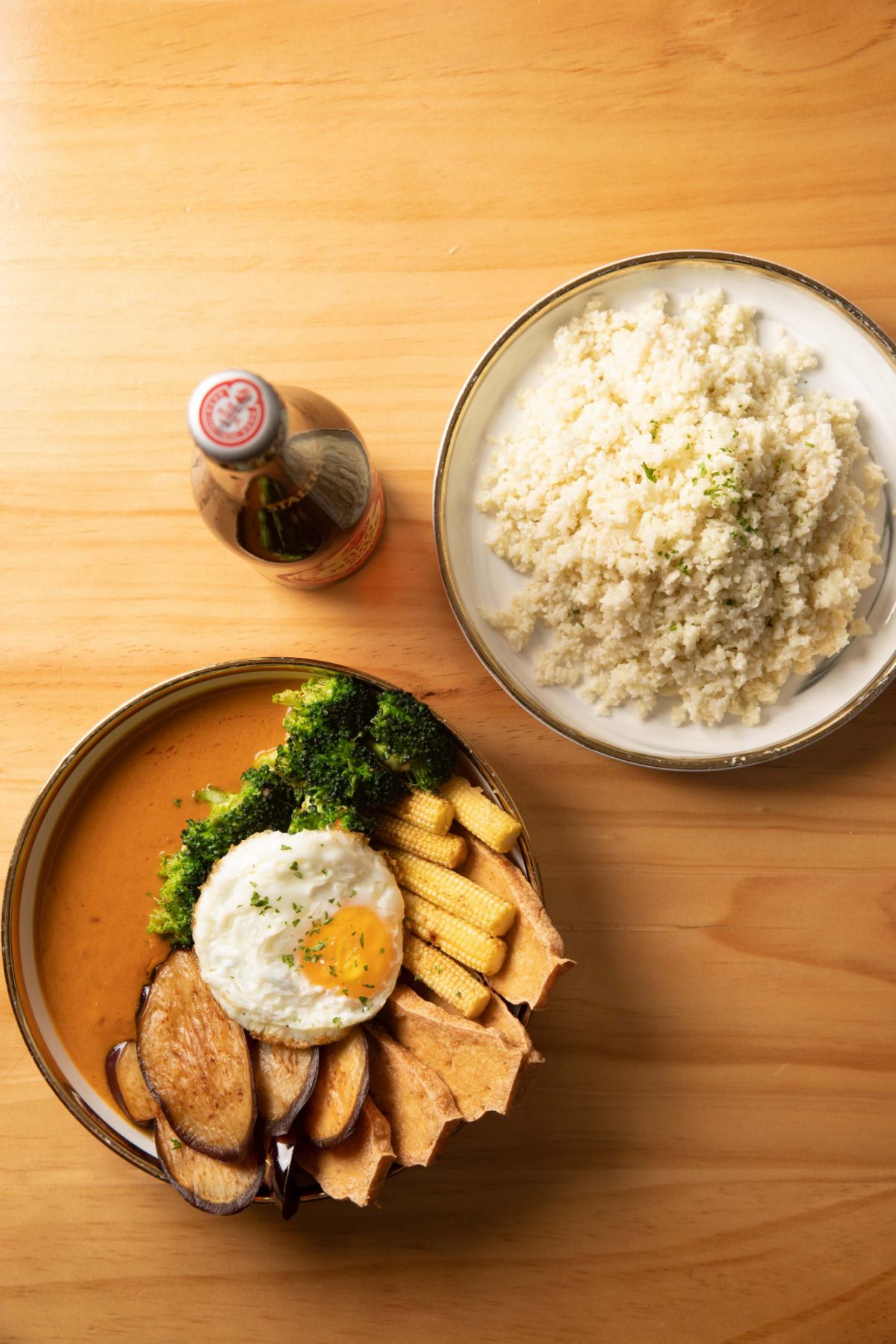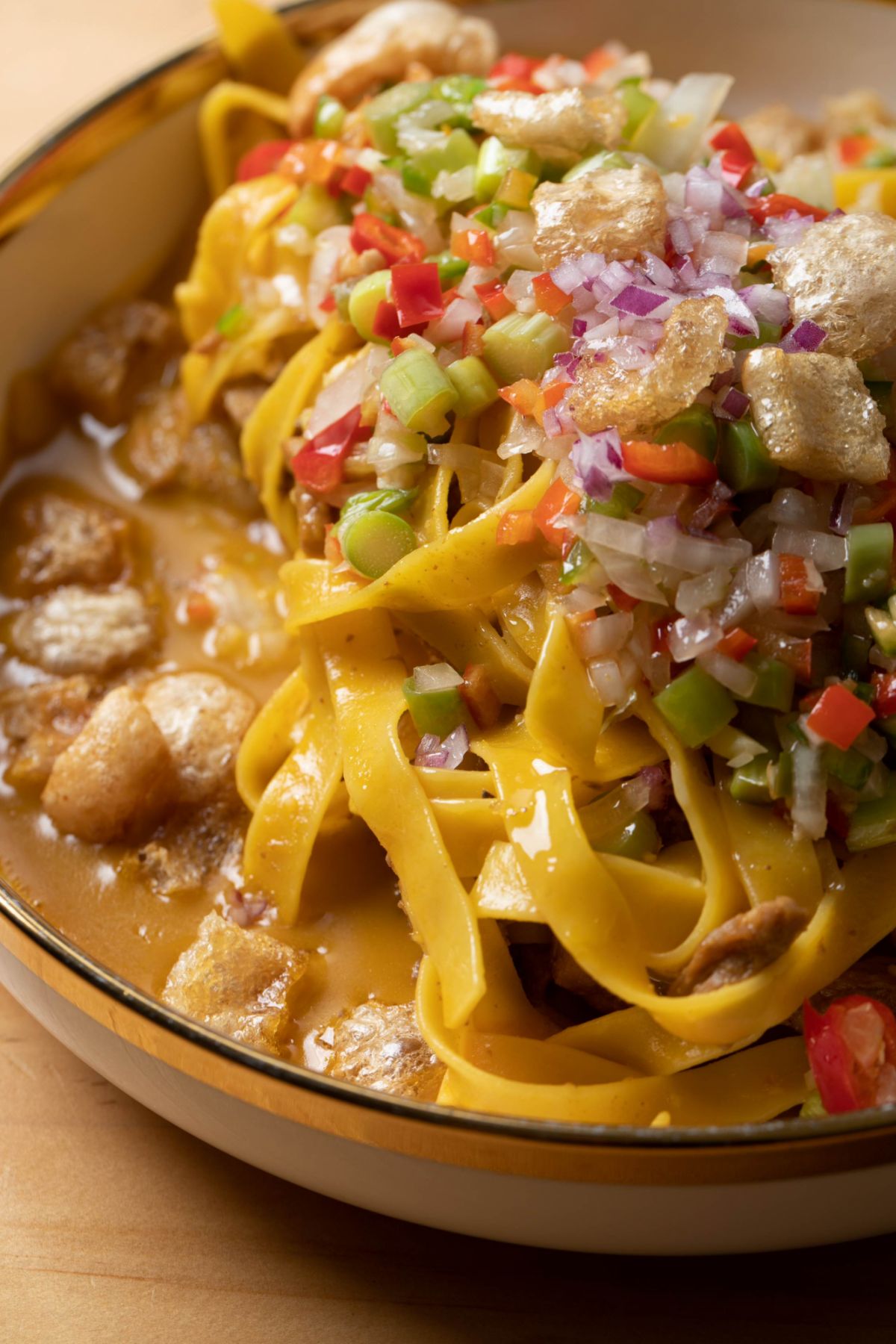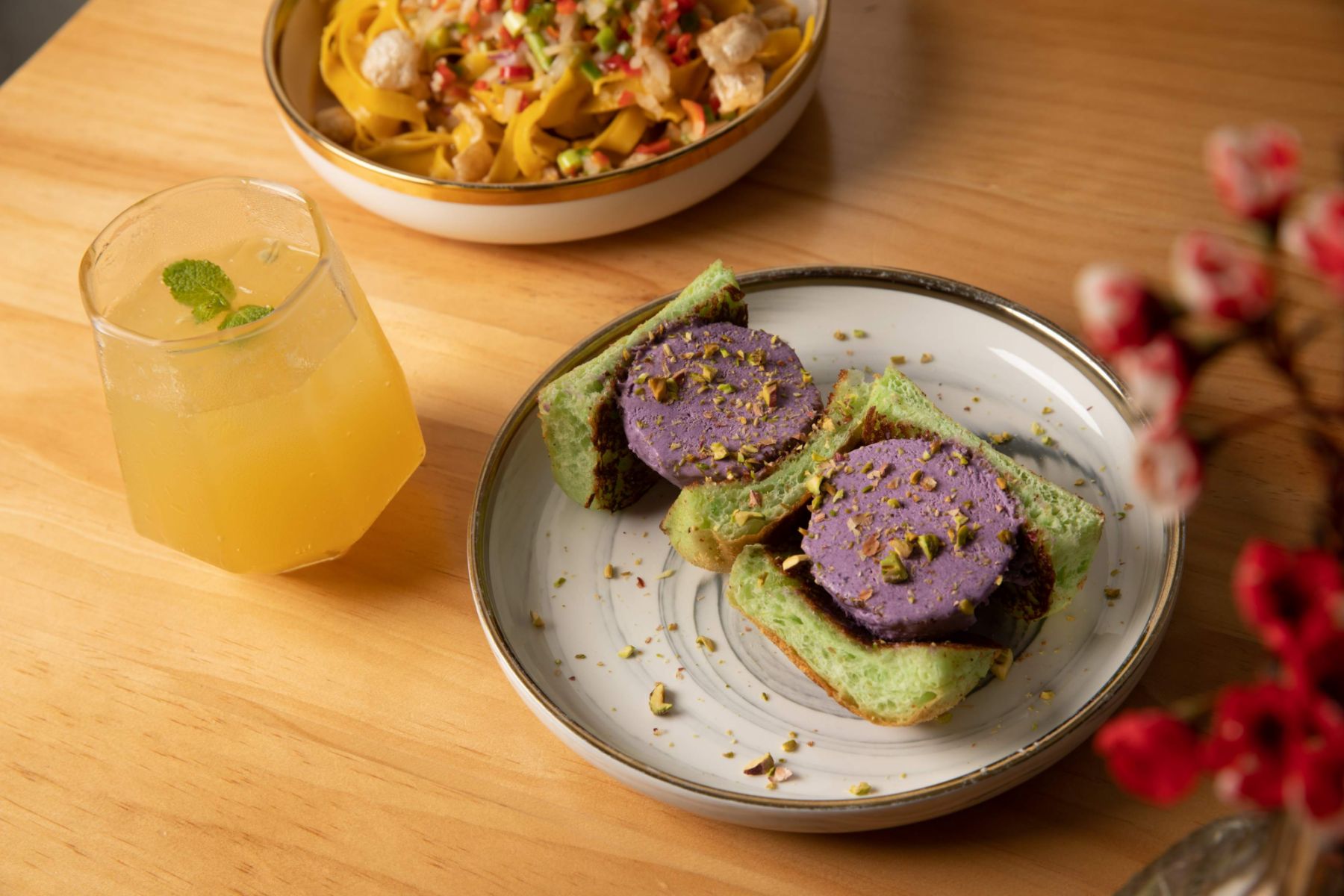Chef Marvin Gaw of Filipino-inspired fusion restaurant, Holy Gaw, is transforming what Filipino food looks and tastes like. He tells Tatler about bringing a modern spin on Filipino cuisine to Hong Kong
“I would always look forward to coming to Hong Kong during the summer holidays because I love dim sum so much and the ones back home just can’t compare. If I can have a meal every day for the rest of my life, dim sum would be at the top of my list” says Marvin Gaw. Being born and raised in the Philippines but with his family based in Hong Kong, the Holy Gaw founder and chef certainly knows a thing or two about mixing various food and culture together.
“I did not quite realise at first that some food prepared at home was not really authentic—meaning they’re neither Filipino nor Chinese but somehow a combination of both [so] I try to set out to look for food that I know I will eat and love every time I have it,” he says. And in his search for the food he loves, he wound up in Hong Kong where he also found his interest in cooking.
To pursue his newfound passion, he enrolled at Hong Kong Culinary Academy which enabled him to understand the multi-cultural angles connected to food. But he didn’t immediately work in the food and beverage industry. In fact, he was working in finance. “The moment I decided that I wanted to start this journey was midway through my culinary school. It made me realise that I should be a chef.”
Don’t miss: The 10 Best Restaurants For Filipino Food In Hong Kong


That was when chef Marvin began working in Chino and then moved to Carbone. But he realised that being in culinary school was very different from working in the kitchen. “As any chef would tell you, long hours are part of the job but being in those moments certainly helped my abilities especially working with different groups of people. It helped me to have more patience now that I am leading my own team.”
Still, there was a gap that kept gnawing at the back of chef Marvin’s mind and that was the lack of Filipino food options in Hong Kong and how underrated it still is. A majority of restaurants serving Filipino food tend to be family-run, a mash of Southeast Asian cuisine, or are essentially karaoke bars; then, there’s Jollibee, the biggest Filipino fast-food chain in the world. While Filipino food is far from non-existent in Hong Kong, most—if not all—are catered towards Filipinos living in Hong Kong.
About 1.95 per cent of Hong Kong’s population are Filipinos, a majority of whom are foreign domestic workers. Restaurants in the city that have Filipino food serve as a reminder of home which is the concept that tends to lean more towards lutong buhay dishes which roughly translates to home-cooked food. This is also popular in the Philippines as they mainly cater to the masses, and these tend to be the kinds of restaurants brought to Hong Kong for Filipinos to enjoy.
Don’t miss: 5 Family-Owned Chinese Restaurants In Hong Kong



